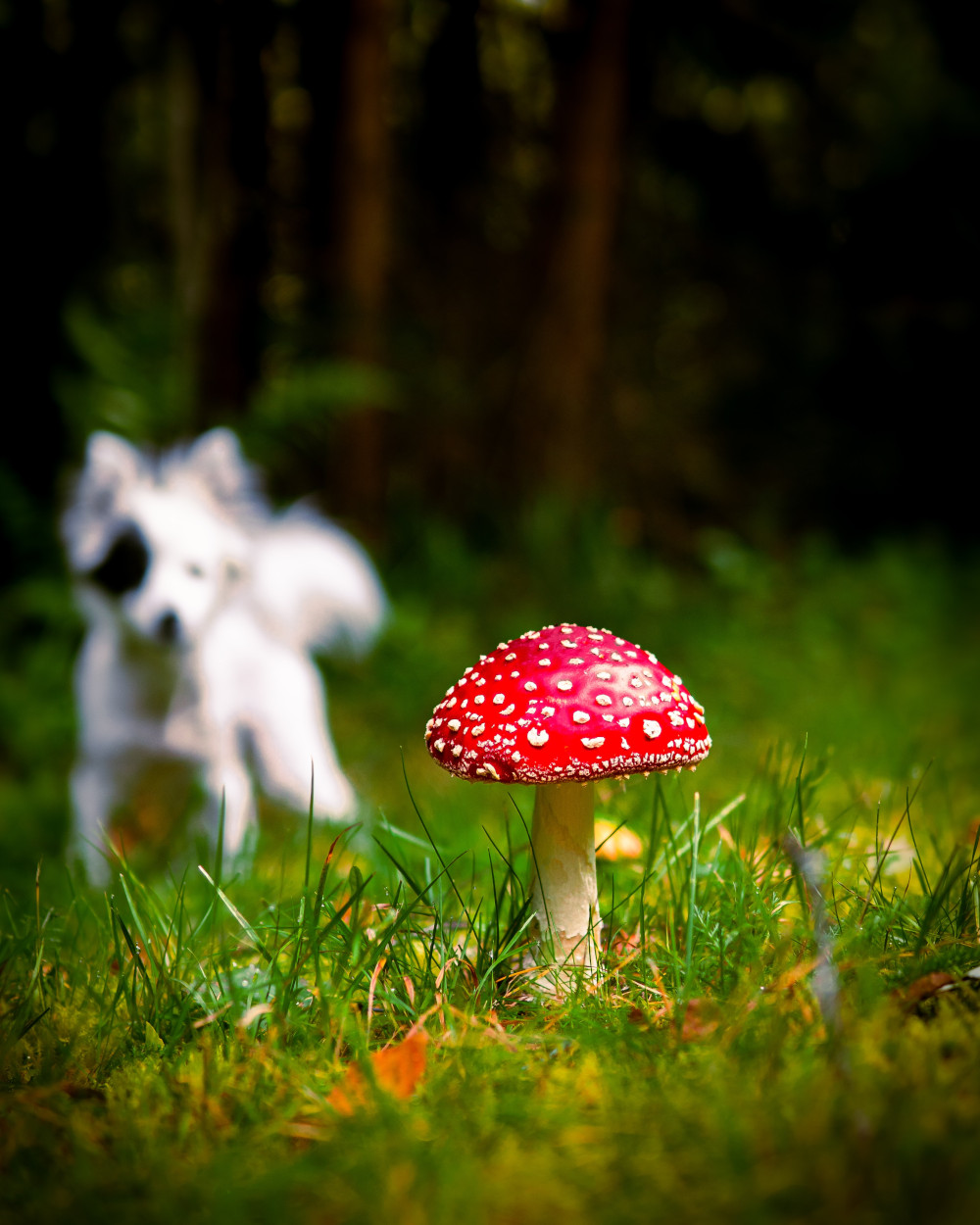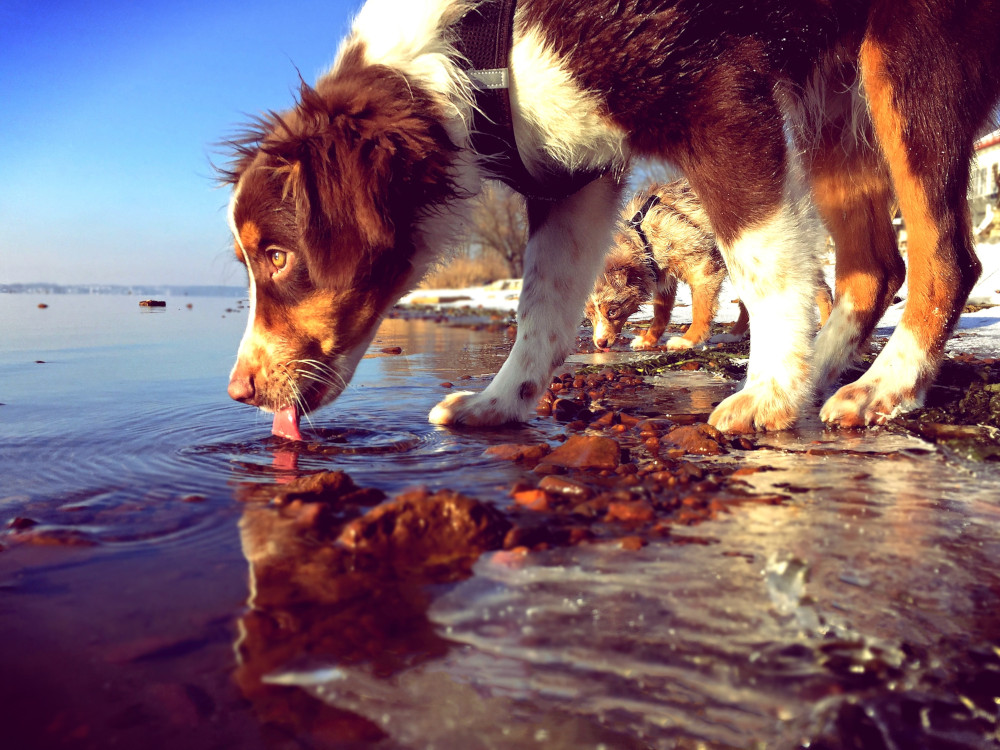

It’s important to give your four-legged friend some fresh air and exercise every day, however during their daily run around, there can be more hazards out there than you may realise. When the weather finally starts to turn, it’s always a welcome break from our long British winters. However, each new season can come with its own unique set of hazards.
Pet healthcare specialists Webbox break down five key dangers you and your dog may encounter this spring and share their top tips on how to avoid them. Read on to find out how you can keep your dog safe and sound when walking during the spring months.
1. Weather conditions

One of the more obvious yet fundamental hazards posed when walking your dog is the elements. While it may slowly be getting brighter and warmer, remember that your dog needs adequate protection from the temperamental British weather just as much as you do. Smaller dogs or those with a shorter coat may still need a light jacket to maintain their core temperature on windier, chillier spring days.
Similarly, when we’re blessed with a little warmth, you may be tempted to head out on a longer walk to enjoy the sunshine. If you do, be sure to carry a water bowl to provide your pooch with regular drink breaks. Additionally, if your dog is a little older and starting to develop arthritis (or simply has less stamina), a long walk or hike might be too much for them. You can always take the pace a little slower, incorporate lots of breaks, or just leave your longer hikes for you and the family.
2. Pests

Playing in grass and woodlands can result in unwanted ticks or fleas latching on to your dog’s coat. Not only are they uncomfortable for your dog, but these pests can also be tricky for you to deal with. Try to keep up a regular routine of flea and tick treatment to help minimise the risk to your pet and help keep those pesky parasites at bay.
Another more serious pest you may not have considered is grass snakes like adders. While snakes may not seem common in the UK, adders are native to this country and come out of hibernation when temperatures start to rise in early spring. Inquisitive to every sound and smell, dogs can come across these poisonous snakes in long grass and get bitten. If your dog starts behaving differently, such as dribbling more, vomiting, or showing signs of swelling, check for puncture marks and take them to the vet immediately.
3. Edible hazards

As most owners know all too well, our pets always manage to find something they’re not supposed to eat. While some hazards are present all year round — such as getting parasites from other dogs’ mess or eating discarded food that’s not dog-friendly — spring bulbs can be particularly harmful to your pooch. For instance, if they ingest daffodil bulbs or flowers, this can cause vomiting, drowsiness, or even worse.
To stop your pet from snacking on spring bulbs or flowers, keep a close eye on them when out walking. It’s easy to get distracted by our surroundings, other people, or our smartphones, but try to stay alert when out with your dog and always check when it looks like they’ve got something in their mouth. It may help to carry some of their favourite tasty treats with you, as you can use these to lure your dog away from potential hazards and encourage them to drop anything they do manage to pick up. Remember, if your dog ever appears unwell take them straight to the vet.
4. Water safety

Most dogs love jumping into the nearest pond, river, or lake, and as the weather slowly improves you can let them play in the water without worrying as much about the cold. However, if you and your dog aren’t careful around water it can prove to be dangerous. While they may want to swim in deeper waters, dogs can easily get swept out by strong currents and this is particularly important when walking by the sea.
Always keep your pooch in your sights when they’re swimming and be sure to have a ball or a treat with you in case you need to lure them back. Additionally, if your dog is a puppy or just isn’t fully trained to respond to your calls yet, it’s best to avoid any open water and stick to paddling in ponds or brooks until you know they’ll come back.
5. Other dogs

As the days get brighter and longer, the popular dog-walking areas will start getting busier. But if your dog is young or just naturally excitable, then encountering lots of other dogs can make your walks a little chaotic. When entering a busy park for example, keep your pooch on a short lead (preferably with a harness, which is often more comfortable than a collar) to keep them from jumping up at any passing dogs or their owners.
It’s also worth bearing in mind that even if your dog is well-socialised and obedient off the lead, others may not be. While it’s perfectly fine to let your dog sniff and meet other furry friends, if they seem wary or even aggressive in temperament, it’s best to keep your distance and avoid any confrontation.